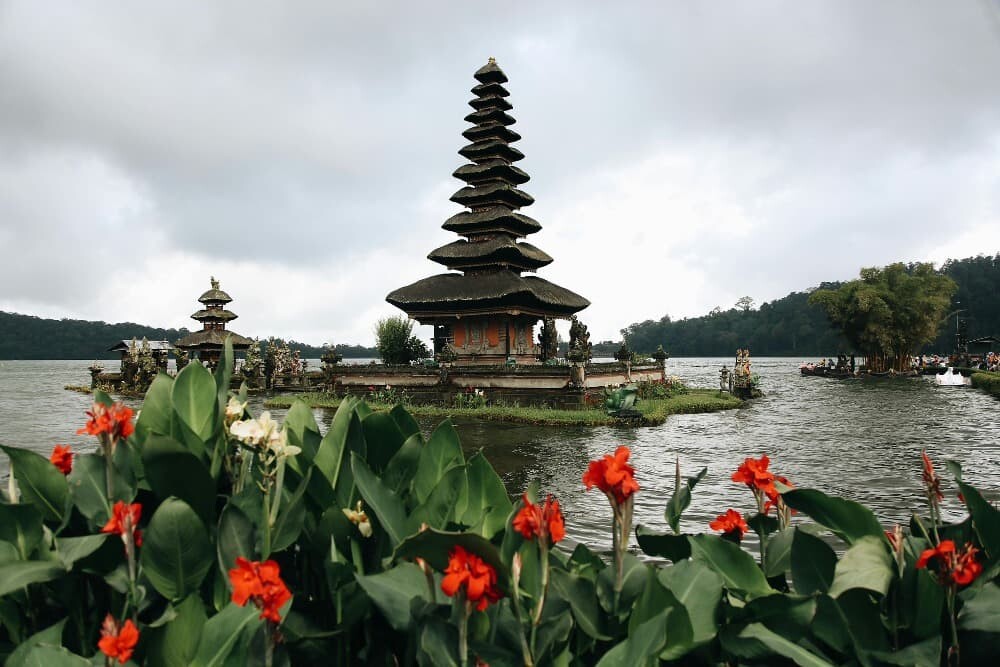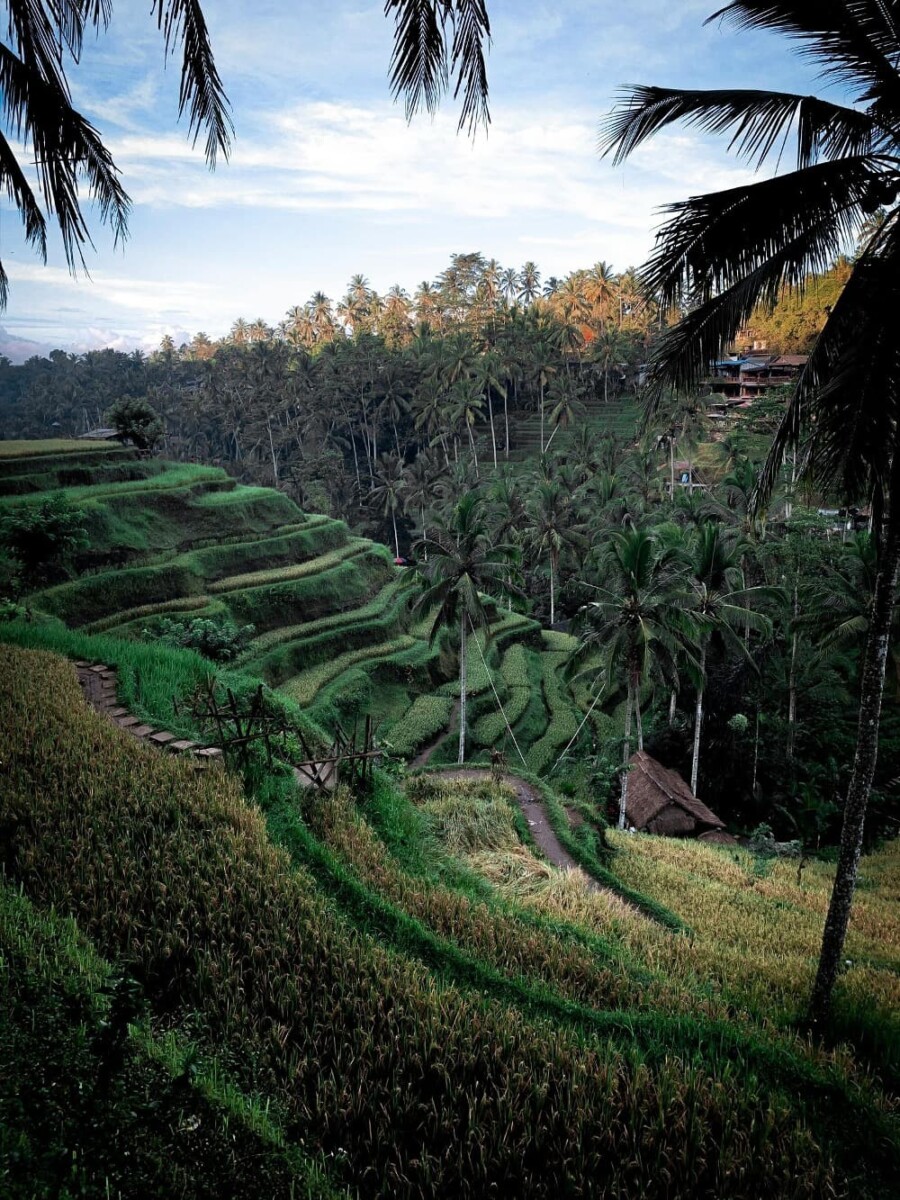We have recently launched Lovina, Bali, as a destination for the volunteer experience.
Bali is a popular exotic island in Indonesia, renowned for its natural beauty, temples, and vibrant culture. This paradise boasts white sandy beaches, extensive rice fields, lush jungles, and an abundance of adventures. Every year, this destination attracts tourists from all over the world.
Our projects are based in Lovina, a coastal region famous for its dolphin-watching opportunities and coral-rich beaches.
Today, we are excited to share some intriguing details about this wonderful destination, which has so much to offer.
TRADITIONAL DANCES
Bali is very well known for its impressive traditional dances, as they are a big part of the culture and spiritual life of the island. These dances often tell epic and mythological stories and are usually accompanied by live music and very colorful clothing.
Among the most renowned dances are:
- – Barong: A dramatic dance that represents the fight between good and evil, personified by the Barong, a lion or dragon, and Ranga, an evil witch. It is usually presented at important ceremonies and festivals.
- – Legong: Considered one of Bali’s most refined dances, it is performed by young dancers who tell stories of love and romance through elegant and expressive movements.
- – Kecak: Also known as the monkey dance, it is characterized by a vocal chorus of men who repeat “cak” in different rhythmic patterns while performing a choreography. The story of Ramayana is often told.
- – Baris: A warrior dance performed by men that represents the bravery and strength of Balinese warriors. Dancers wear traditional costumes and perform movements full of energy and power.
- – Pendet: This ceremonial dance is performed as an offering to the gods and is depicted with smooth and graceful movements. Dancers accompany the dance with trays full of flowers and scatter petals.

DAILY OFFERINGS
Balinese people practice Hinduism, and an important part of their daily life are the offerings they make to the gods and spirits. These offerings are known as ‘canang sari’ and are made of woven palm leaves that are usually placed in sacred places, in temples, and on the streets or at the entrances of houses. Symbolic elements like rice and flowers can also be found.
Each offering has a specific meaning and is intended to honor Hindu gods and local spirits. They are an expression of gratitude and devotion and are offered in the hope of receiving blessings, protection, and harmony in daily life.
It is common to see people in Bali carrying out this ritual every morning before starting their daily activities.

RICE TERRACES
One of the features that identifies this island is its impressive terraced rice fields, a highly distinctive characteristic of its landscapes.
These fields have been cultivated for centuries and, besides being spectacular, they are also a notable example of agricultural innovation. They stretch along the mountain slopes, and are designed with stepped terraces to make the most of the terrain and available water. They are interconnected by irrigation systems developed by a local community known as ‘subak’. This traditional irrigation system has been recognized by UNESCO as a World Heritage Site due to its cultural and ecological importance.
THE DAY OF SILENCE
This day is known as ‘Nyepi’ and is the Balinese New Year. It is celebrated for a full day with silence, meditation, and reflection. During this day, daily activities completely stop, including traffic, and residents stay at home in silence. Businesses close, and no form of entertainment or public celebration is allowed. Bali’s airport also closes for a day.
The tradition behind this celebration is to maintain balance and harmony, as well as to cleanse and purify the soul to begin a new cycle. Before this day, there are several days of celebrations that include colorful processions, religious rituals, and community ceremonies.




